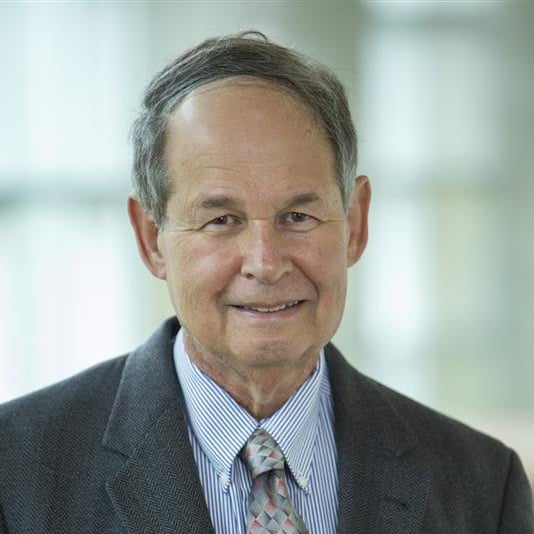Robert Freedman, MD, former chair of psychiatry at the University of Colorado School of Medicine and a highly recognized researcher for his work on schizophrenia, spent years with the Galvins – the Colorado Springs family highlighted in a new HBO docuseries – in hopes of decoding the baffling major mental health disorder.
His pioneering research that involved other large families with more than one child with the disease led to groundbreaking discoveries and is also highlighted in HBO’s “Six Schizophrenic Brothers.”
The Galvins, with six of 10 sons eventually diagnosed with schizophrenia, began working with Freedman and National Institutes of Health (NIH) researcher Lynn DeLisi, MD, because of their belief in science, said Lindsay Galvin Rauch, the youngest of two daughters born after the 10 boys.
See related story: Sister Breaks Down HBO’s ‘Six Schizophrenic Brothers’
Rauch recalls the first time her parents heard a psychologist explain during a family session the accepted theory of the era: that a mother’s parenting causes schizophrenia.
'This was not a mom telling her boys to make their beds'
“My mother and father stood up and walked out,” she said of Don and Mimi Galvin. “My parents were intelligent enough to understand that this disease was science-based. This was not a mom telling her boys to make their beds and brush their teeth.”

Don Galvin poses with his wife, Mimi Galvin, after earning his doctoral degree at the University of Colorado. |
Knowing how valuable the Galvins could be to genetic studies, her mother had already signed the family up for research with the NIH and with Freedman’s team, Rauch said, recalling how the scientists stood up against the “schizophrenogenic mother” theory and assured her mother she was not responsible for the disorder.
Through their work, DeLisi and Freedman:
- Found that the SHANK2 mutation on chromosome 11 was detected in all DNA samples of the affected Galvin boys and their mother, but not their father.
- Linked the a7-Nicotinic Acetylcholine Receptor Subunit Gene (CHRNA7) with schizophrenia.
- Found strong evidence of a protective effect of the nutrient choline against brain defects and mental illnesses in utero. The American Medical Association now recommends the nutrient for all pregnant mothers.
Mimi Galvin lives to see progress
“I am finally seeing the needle starting to move in my lifetime,” Rauch said of progress in understanding and treating schizophrenia.
Although her mother, the force behind putting her family in research labs and the public eye to change the course of schizophrenia for future generations, died in 2017 before her dream of seeing science find the cause came true: “She certainly saw progress,” Rauch said.
She knew about the SHANK2 gene discovery, a gene also linked to autism and making a difference in research for that condition today as well. “And she did get to see the choline research. She was in her 90s, and she was absolutely overjoyed,” Rauch said. “I think that she understood that she was part of a really big movement by stepping on that stage of advocacy and bringing our story to the general public.”
Photo at top: Margaret (left) and Lindsay (right), pose with their mother, Mimi, the only women in the 14-member Galvin family.




